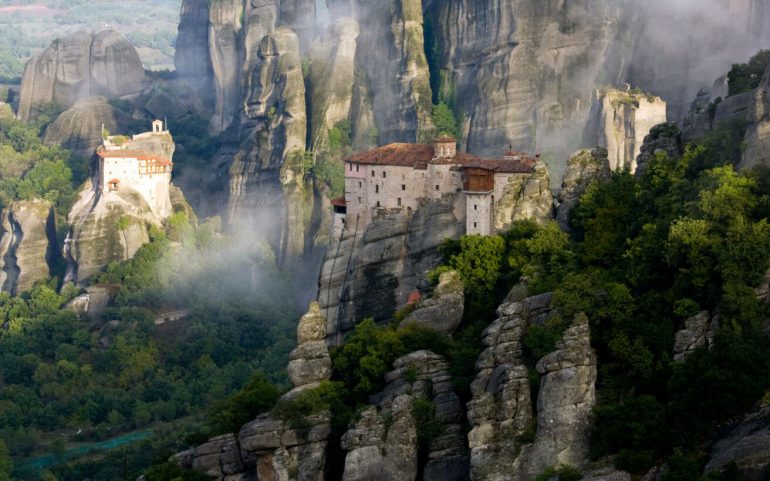The impressive rocks of Meteora rise majestically in its plains Thessaly, between the mountains Koziaka and Antihasia, just a few kilometers northwest of Kalambaka. Their "sacred forest" hosts the second most important monastic community in the country after Mount Athos, and one of the most popular tourist destinations in Greece, which is included in all travel guides.
The buildings of the monasteries look like a natural continuation of the rocks, while from afar the impression is created that if someone is found on them, he is given the opportunity to touch the sky.
Many centuries ago on these giant rocks and at an altitude that often exceeds even 200 meters, the monastery complex of Meteora. In their view the visitor is dazzled by the impressive grandeur of the complex, in a place where Byzantine architecture harmoniously combines with natural beauty.

The imposing landscape with the unique in beauty geological phenomenon, causes chills and awe in its view with the Byzantine monasteries perched on the cliffs. Today, only six monasteries are in operation, out of a total of 24 that were created hundreds of years ago, continuing the tradition of Orthodoxy for more than 600 years, hosting objects and relics of inestimable value, as well as frescoes and real treasures.
In 1988 the monasteries of Meteora were included in the list of UNESCO World Heritage Sites, while the wider area of Meteora-Antihasia is part of the Natura 2000 network, as it hosts rare species of birds and flowers.
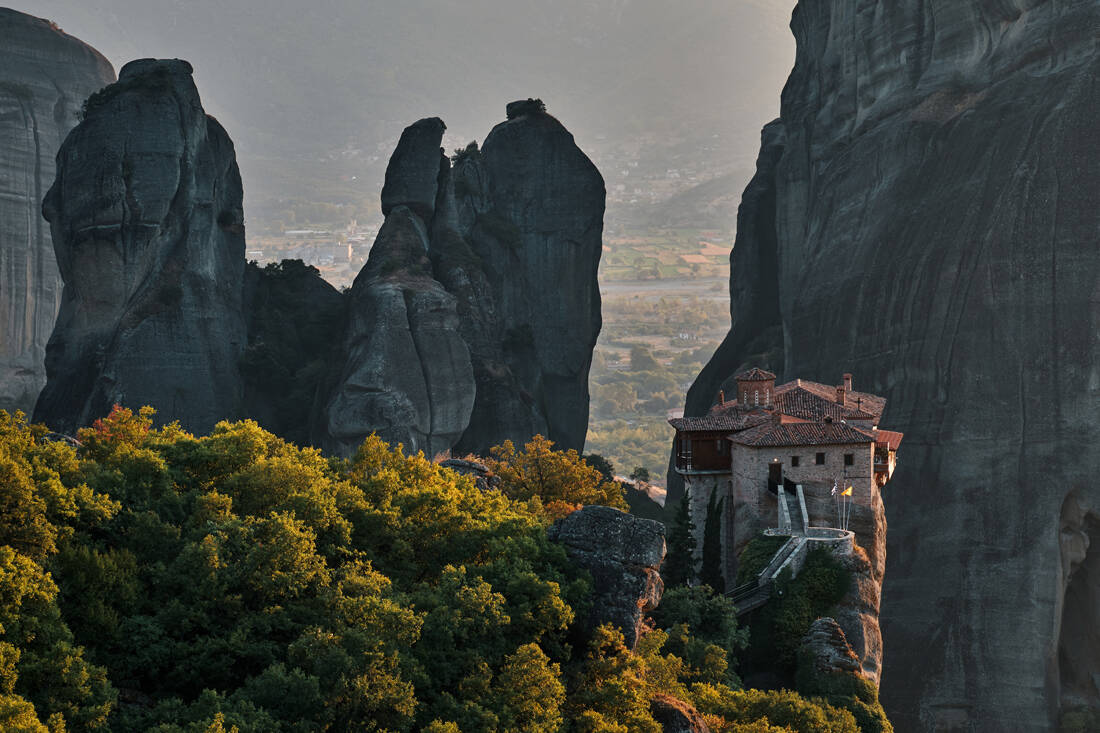
In this wild and inaccessible landscape, with the natural, dark colored sandstone rocks that reach a height of 200 meters and a width of 300 meters, the Christian ascetics who settled in the area several centuries ago found profitable ground. At first the ascetics prayed in small chapels isolated from each other, the well-known "prayers".
The first ascetics climbed huge rocks using scaffolding supported by beams wedged into holes in the rock. Over the years the net and escalators were used, while at the beginning of the 20th century the first stairs were carved into the rocks.
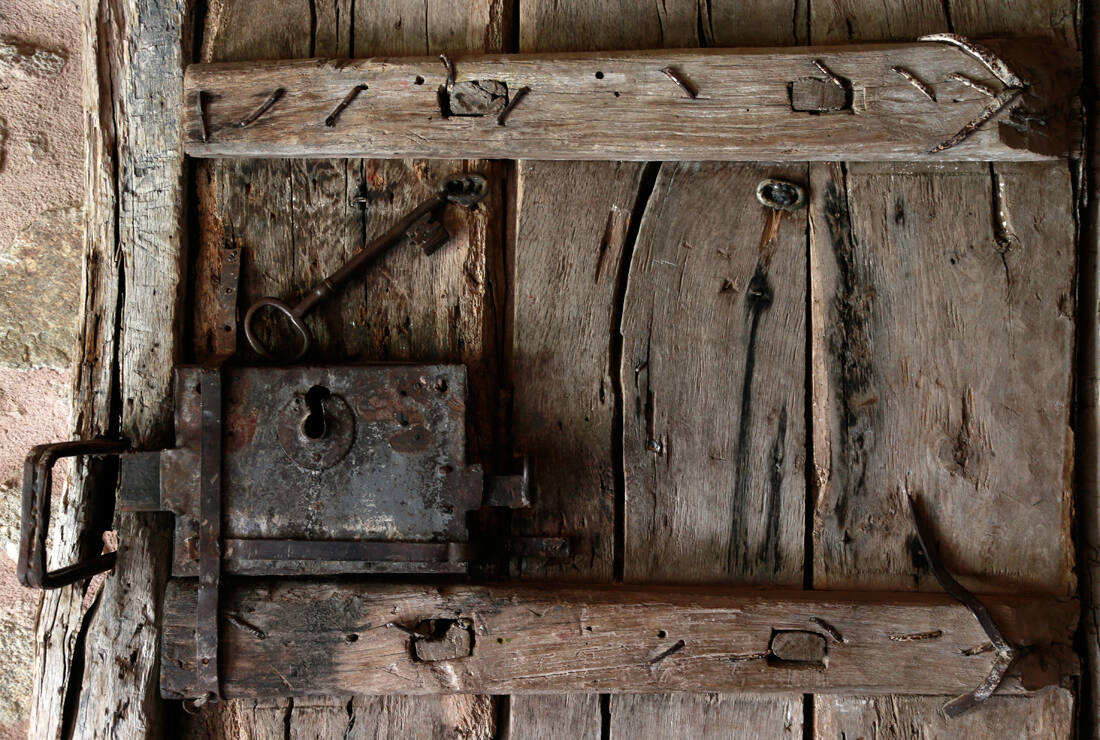
The exact date when the rocks were inhabited has not been determined, however, various Byzantine scholars believe that this happened before the 11th century, while other historical sources state that the first ascetic of the area was Barnabas, who founded the very old Hermitage of the Saint Spirit between 950-970, with the founding of the Hermitage of the Transfiguration by the Cretan Munich Andronikos to follow at the beginning of 1.000 AD. and the Sketi of Stagi or Doupiani to be founded between 1.150-1.160 AD.
Their name is due to Agios Athanasios the Meteorite, owner of the monastery of Megalo Meteoro, who gave the name "Meteoro" to Platis Lithos which was first climbed in 1344. Many holy monasteries have been created since then within two centuries, with the monasteries in total to reach 24.
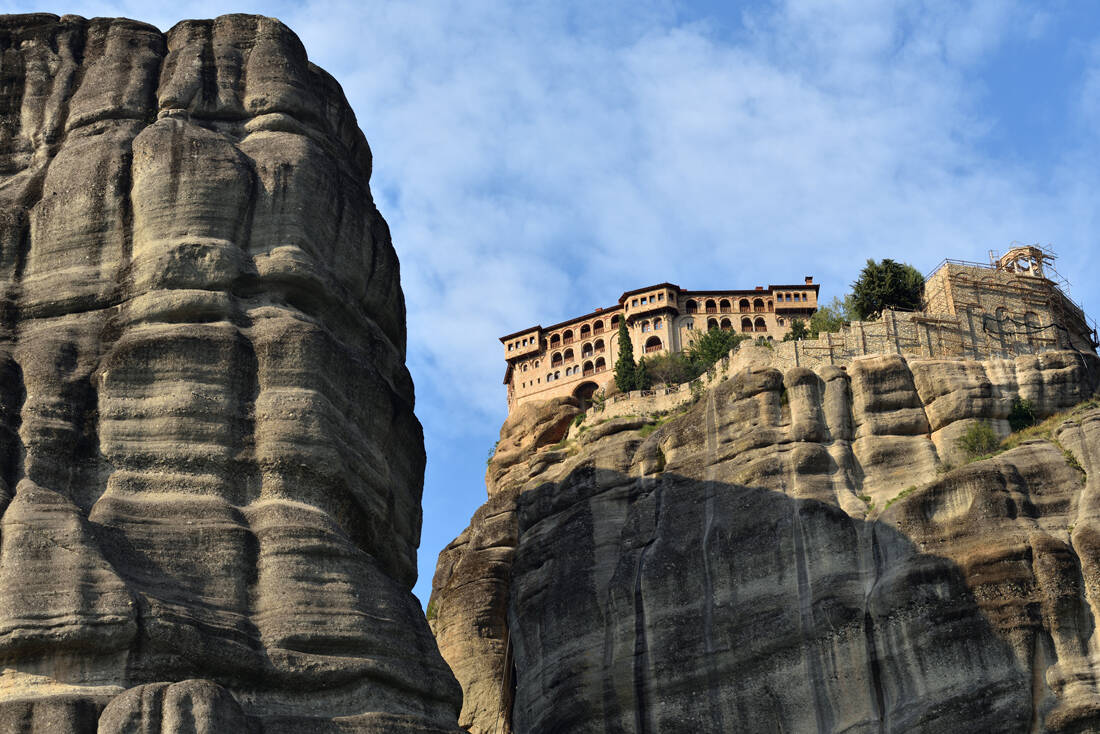
The greatest decline of monastic life in Meteora occurred during the period of decline and fall of the Byzantine Empire in the 15th century, while from the end of the 15th century and especially during the 16th century they know their greatest prosperity, as new monasteries, monastic buildings and catholics are founded here, which are characterized by their incomparable art and aesthetic hagiographies.
The peak of the prosperity of the monastic community of Meteora occurred in the 17th century, a time when its decline began, as various difficulties of the time such as conquerors, robbery raids and various other factors led to the abandonment by monks of many monasteries or even destruction. their. Today, a total of six monasteries continue their work uninterruptedly - Metamorphosis, Barlaam, Agios Nikolaos of Anapafsas, Rousanos, Agia Triados, Agios Stefanos.
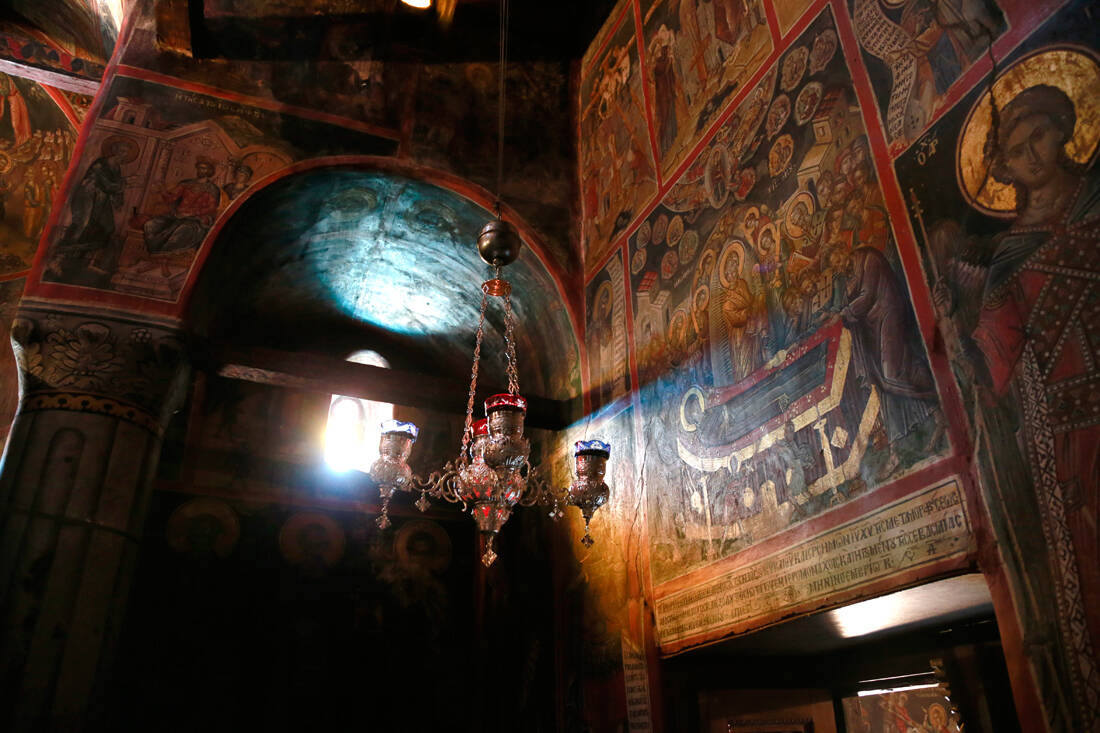
Of the total of 24 monasteries created in the stone "giants" only six are in operation today, which have been restored with most of their murals preserved in very good condition.
Monastery of Megalo Meteoro (Monastery of the Transfiguration): Monastery for boys, the oldest and largest of Meteora, which also marked the organized life in Meteora. Perched on the most imposing rock, holds a leading position in the monastic complex, while it is also the main museum for visitors. In the sanctuary of the katholikon there are excellent frescoes of the Macedonian school, while one of its most important points is the sacristy where the skulls of the monks who have lived in it over the years are preserved.
Barlaam Monastery: This is a male monastery that was created in the 16th century, but owes its name to the ascetic Barlaam, who first inhabited the rock in the 14th century. THE monastery was organized by the brothers Nectarios and Theofanis from Epirus and is known for the great archive it maintains in its museum which consists of remarkable manuscripts, rare church relics, post-Byzantine portable icons etc.
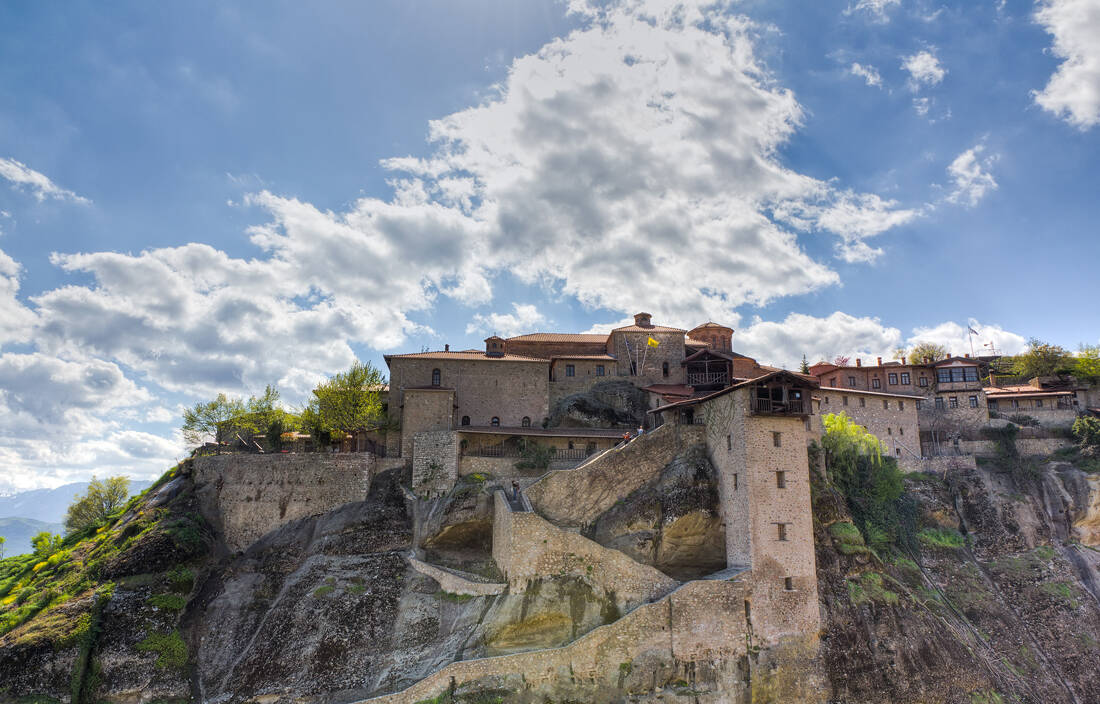
Monastery of Agios Nikolaos Rest: The first monastery on the left ascending from Kastraki dates from the 14th century, while it was renovated in the first decade of the 16th century, with the frescoes of the katholikon by the Cretan painter Theofanis Strelitzas of 1527 being considered an excellent example of pre-Byzantine painting. the oldest signed work of the painter. The monastery was abandoned at the beginning of the 20th century, while in the 1960s it was renovated and restored by the Archaeological Service.
Rousanou Monastery: A nunnery in the center of Meteora, which covers the entire small plateau of the cliff where it is located. It was founded in 1529 by the brothers monks Saints Joasaph and Maximus from Ioannina and is dedicated to Saint Barbara. The ascent here is made by two solid bridges. The decoration of the katholikon of the church created in 1560 is one of the most mature painting ensembles of the "Cretan School".
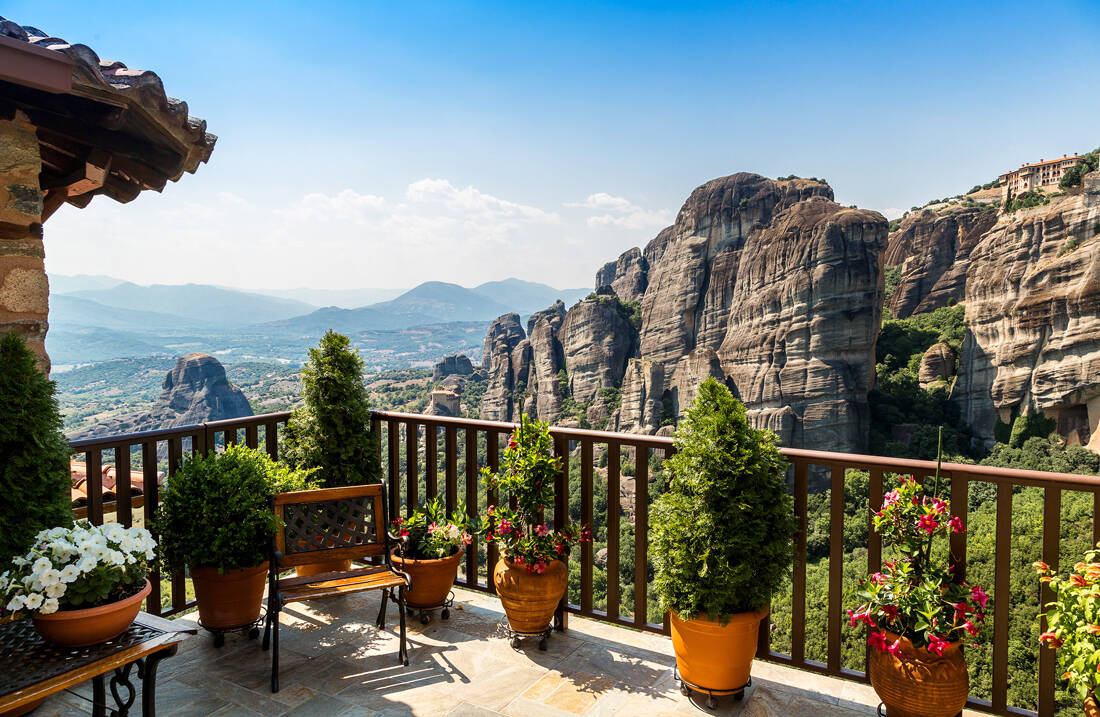
Trinity Monastery: The "tallest" and most inaccessible monastery of Meteora, which is approached after climbing 140 steps carved into the rock. The magnificent view of the valley Kalampaka and the river Pinios in what is impressively facing from here. It is the third oldest monastery of the complex, as it is estimated that the first hermits built its hermitages here in the early 14th century. It took 70 years to build the monastery and raise the materials to the specific rocks. From 1942 until 1961 it was deserted and renovated again in 1972. Rare manuscripts were discovered in 1909 in a crypt, which are kept together with the manuscripts of the Rousanos and Anapafsa Monasteries in the sacristy of the Monastery of Agios Stefanos.
Monastery of Agios Stefanos: Just above Kalampaka in the southern part of the complex, the nunnery of Agios Stefanos is the most easily accessible of the entire monastic complex. It is particularly known for the honest Kara of Agios Charalambos that is kept on its premises, while it was distinguished for its contribution to the national struggles of the country and especially during the Macedonian Struggle, which served as the headquarters and hideout of the Macedonians. In the old bank today there is a museum which houses important relics (textiles, manuscripts, post-Byzantine icons, wood carvings, etc.) of both the Monastery itself and manuscripts found in the monasteries of Agia Triados and Rousanos.
